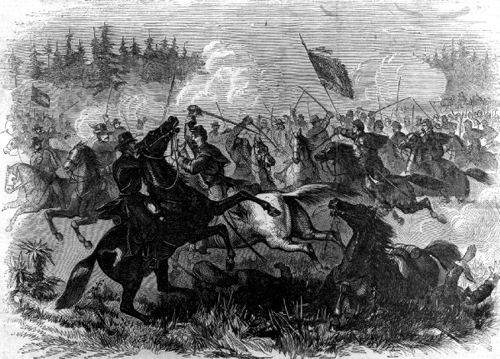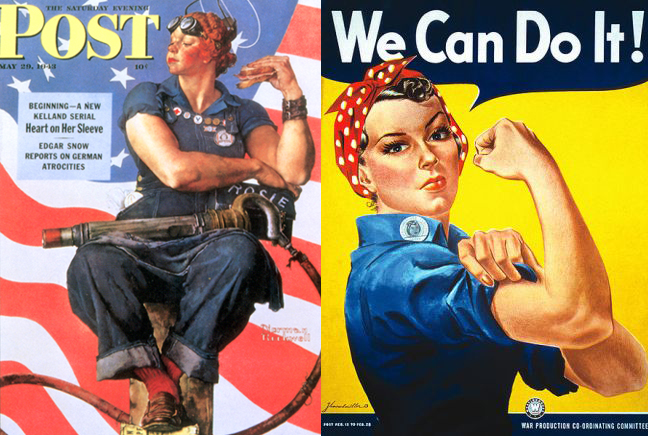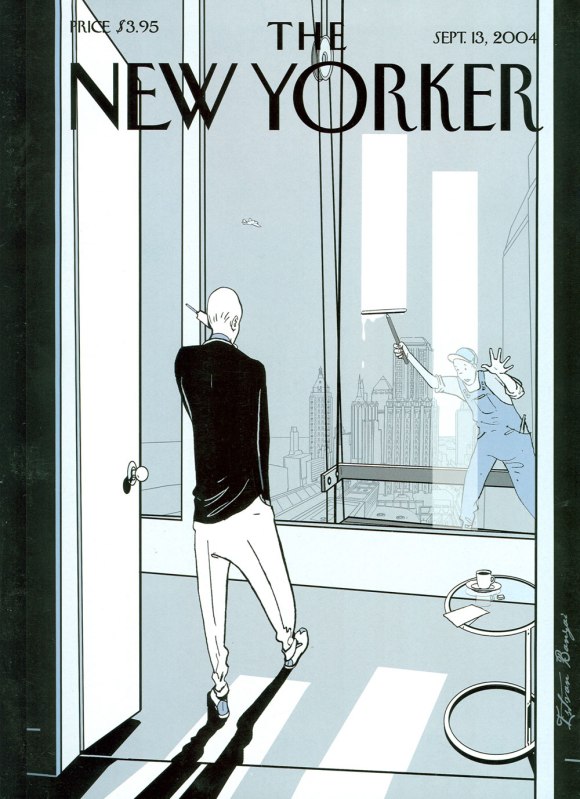A free and independent press is crucial to a functioning democracy. So crucial, it is known as the 4th estate – the 4th branch of government – to give an all-important check to balance the three branches – executive, legislative and judicial – that are defined in our constitution. This month we start a series on the impact of visual communications in how people participate in important decisions, starting with its use in reporting the news.
Before cameras and smart phones, there were illustrations to help readers understand their world and their choices. And, even when the camera and modern devices came along, illustrations remained a powerful way of getting a point across. This week, we share some of our favorite illustrations that reported not just the facts, but also the momentum, the change, and the feeling of the day especially when words simply wouldn’t do.
– – –
Known as the first political cartoon to be published in the United States, “Join, or Die” (shown above) created by Benjamin Franklin was originally published in his Pennsylvania Gazette. The cartoon was paired with an editorial by Franklin stressing the importance of colonial unity. Later it became a symbol of colonial freedom during the American Revolutionary War and has since become a longstanding symbol of strength through unity.
Brutal hand-to-hand combat between the Union Cavalry, commanded by General William Averill and J.E.B. Stuart’s Rebel Troop, at Kelley’s Ford on the Rappahannock River in Culpeper County Virginia on March 17, 1863 is depicted in Frank Leslie’s Illustrated Newspaper. Later known as Leslie’s Weekly, the publication was an illustrated and literary news magazine that ran from 1852 to 1922. Illustrated newspapers like Leslie’s and Harpers Weekly were often one of the only resources people had to get news about the war and loved ones fighting far away in it.
- Credit: NationalWW2Museum.org
Norman Rockwell’s “Rosie the Riveter” for The Saturday Evening Post (left) beside J. Howard Miller’s “We Can Do It!” poster (right) commissioned by Westinghouse Electric Company’s War Production Coordinating Committee. Rosie the Riveter symbolized a dramatic shift in America necessitated by World War II. American women took on the jobs at factories, munitions plants, and shipyards while the men who typically occupied these jobs were away fighting in the war. Rosie the Riveter withstood World War II and the test of time; she lives on today as an iconic symbol of the feminist movement.
The New Yorker, a weekly magazine that spans the gamut between fiction, current events, and politics, has filled their publication with political cartoons and iconic covers since its inception in 1925. The harrowing collaboration shown above by cartoonist and editor Art Spiegelman and his wife, New Yorker Art Director, Francoise Mouly was featured on the September 24, 2011 cover of The New Yorker just two weeks after the attacks. According to Mouly she and Spiegelman felt that even images were powerless in the aftermath of the attack. The only appropriate cover to post was no cover at all. Spiegleman later suggested adding the silhouettes of the twin towers and the cover now known as “Black on Black” was created.
The New Yorker visited the twin towers three years after the attack on the World Trade Center in illustrator and animator Istvan Banyai’s “Déjà Vu” cover. The silhouettes of the towers symbolize the ever present memory of the attacks in the lives of New Yorkers.
– – –
We encourage you to share your favorite newsworthy illustrations with us. Is there a particular symbol, advertisement or magazine cover that commemorates a special moment in time for you?
Next week, we’ll feature photographs that helped deliver the news of the day.
The Collaborative Services Blog Team






Recent Comments